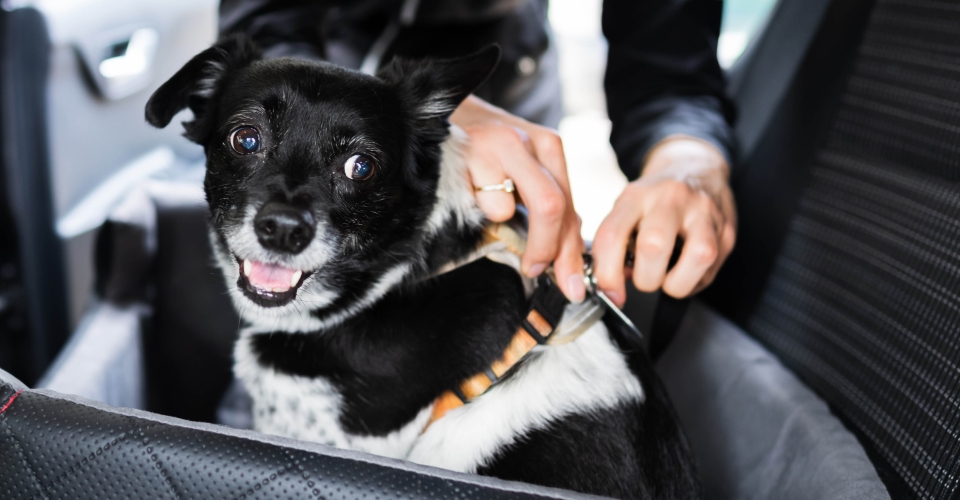
September is National Preparedness Month, and it’s important to plan, prepare, and protect your pet in advance of an emergency. After all, these furry, feathered, or scaled members of your family are just as loved and important!
Here are a few tips on how to incorporate pets into your emergency preparedness plans:
- Create an emergency kit with a one-week supply of food, fresh water, and needed medications; transportation equipment like carriers or crates; and license and vaccination certificates.
- Familiarize yourself with pet-friendly hotels, boarding facilities, and animal hospitals along your evacuation route.
- Have your pet wear an ID tag and get them microchipped if they aren’t already.
What about larger pets? If you have animals such as horses, cattle, sheep, goats, or pigs, make sure they have identification, map out your evacuation routes in advance, and know what vehicles or trailers you need for transporting and supporting each pet.
Did you know fish can survive days and sometimes even weeks without food? If you own smaller pets such as fish, it's recommended not to feed them during power outages and insulate the tank if needed with blankets or newspaper. If you must move your fish, use a heavy-duty zip-top plastic bag and fill the bag with one-third water and two-thirds air. Or, you can use a bucket, tub, or large jar.
Find additional emergency preparedness tips for your pets from the following resources:
